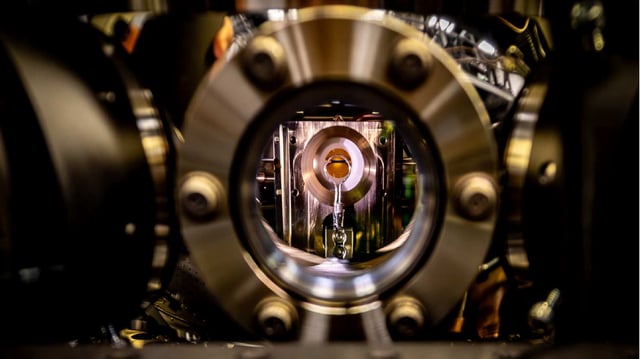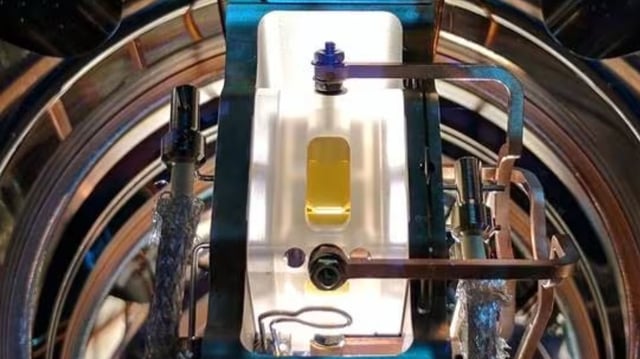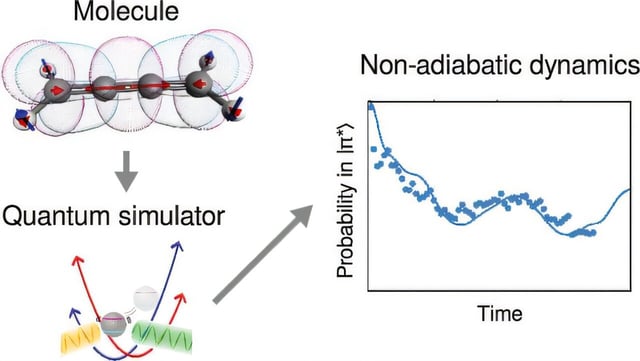Overview
- For the first time, scientists have simulated the real-time chemical dynamics of molecules interacting with light using quantum computing.
- The study employs a single trapped-ion analog quantum computer, achieving a million-fold hardware efficiency compared to traditional digital quantum methods.
- This breakthrough captures ultrafast electronic and vibrational changes in molecules, processes classical computers struggle to model effectively.
- Applications include advancing cancer therapies, designing better sunscreens, understanding UV-induced DNA damage, and improving solar energy technology.
- The findings, published in the Journal of the American Chemical Society, demonstrate the potential for scaling quantum simulations to tackle more complex, classically intractable chemical systems.


